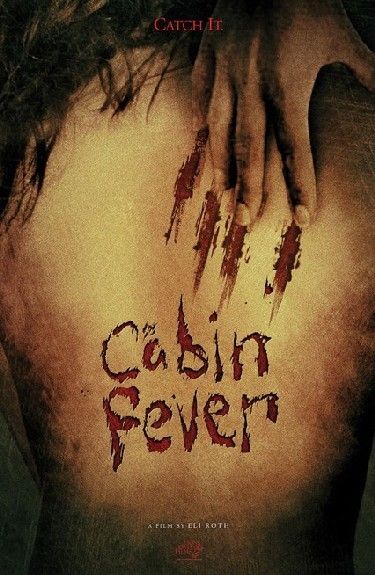
Children and older adults must see you having fun with dancing. A favorite song the whole family can dance to is Happy by Pharell Williams. This one can be a bit rowdy and awkward for individuals who may be self-conscious, but it can be fun and empowering. Individuals that do the task sit down-the last person standing wins and takes over as the Leader. The Leader says “Simon says” and includes some action like “touch your nose” or “jump up and down.” After a few Simon says instructions, the Leader omits to say “Simon says” before giving the task. The participants all stand up in from of the Leader, who we call Simon. If you aren’t familiar with the game, the rules are simple. It creates a wonderful opportunity for children to learn valuable listening skills while getting an opportunity to burn off some energy. This activity can be fun for parents to play with their kids. The participants have to figure out what the object is and locate it before the others. Variations can include elements of “I Spy” where the Leader doesn’t disclose the object but provides a clue. Pair younger children with older adults, and they can work as a team. If participants have trouble locating the object, the Leader should offer clues to help keep the game progressing. The person/team that returns the object to the Leader takes over as the Leader for the next round. The goal is for the participants to find the identified object and return it to the Leader. Everyone is in one room, and the Leader goes out into the house and hides an object. Hide-n-seek for insideĮveryone in the house can play hide and seek. Here are three of the best games for all ages to play indoors or outside (weather permitting). Playing gamesīut the all-time favorite is reliving childhood games with family members. YouTube has hundreds of how-to videos available for free. It’s never too late to learn! You may be interested in an artistic outlet like coloring, painting, or knitting. Consider learning a second (or third) language. Commit to reading a section of the novel and schedule a call to discuss. Choose a book to read with a friend and create a mini-book club. Making productive use of your time helps make the days go by-getting you closer to Springtime. A phone call, Facetime, or even a zoom call are great ways to stay in touch with others and get some human interaction. If you aren’t able to go outside, interacting with others can help mitigate cabin fever. If you can, spread your errands out over a couple of days so you can get outdoors a couple of times a week. Go outsideĮven if it’s cold, taking a brief walk around the block or even stepping outside for a few minutes can help combat cabin fever. Here are four ways to help combat cabin fever.

Many people experienced signs of cabin fever during the COVID-19 pandemic. Not knowing when the weather will give us a break can heighten our feelings associated with cabin fever. We know winter is almost over, but we also know that snowstorms and winter can drag on into April in the Midwest. In the wintertime, people tend to feel cabin fever around January or February. People tend to experience cabin fever at different intensities based on their age, activity level, and how long they expect to be inside. What is cabin fever?ĭid you know there is a medical definition for cabin fever? Cabin fever is the combination of psychological symptoms felt when a person feels restricted indoors. Here are some fun (and familiar) activities the whole family can enjoy. This can result in rashes and vomiting blood, and if the toxin are potent enough and get in the blood stream, can cause death.Cabin fever usually impacts families right about now each year.

They don't actually eat flesh, the bacteria end up destroying or killing soft tissue (such as muscles and skin) and releasing toxins. However, "flesh-eating" diseases are caused by bacteria. From there the virus spread through blood contact or contaminated drinking water. The dog somehow got infected (possible through drinking contaminated water) and passed it to the owner through blood contact. The origin of the disease is not given, but many animals can be carriers of diseases without showing signs and could have infected the water (through urinating, defecating, or dying in the water). In the movie, the disease is said to be caused by a virus, which was waterborne and spread through contaminated water. It's a term used when someone or a group of people become irritable, restless, or even claustrophobic after being in a confined space for long periods of time (such as in a cabin during the winter when going outside is difficult or impossible). Answer: In real life, "cabin fever" is not a disease or infection caused by bacteria or viruses.


 0 kommentar(er)
0 kommentar(er)
